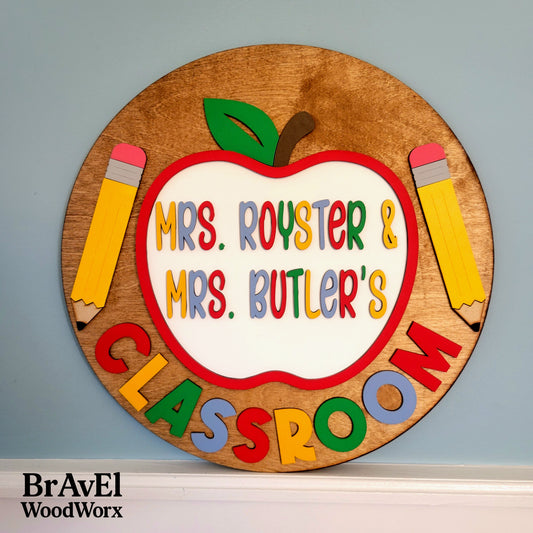Why Woodworking Safety Matters
Woodworking involves working with sharp tools, heavy machinery, and potentially hazardous materials. Without proper precautions, accidents can happen, leading to serious injuries. By prioritizing safety, you not only protect yourself but also ensure the quality of your work remains high. Plus, it fosters a culture of responsibility and respect for the craft.
Essential Woodworking Safety Precautions
Protective Gear: Always wear appropriate protective gear, including safety glasses, hearing protection, and dust masks. Gloves should be avoided when operating power tools, as they can get caught in moving parts.
Tool Inspection: Before starting any project, inspect your tools for damage or wear. Replace any worn-out parts and ensure all safety features are functional. Regular maintenance is key to keeping your tools in top condition.
Proper Training: If you're new to woodworking or using a new tool, seek proper training. Understanding how to operate tools safely and effectively reduces the risk of accidents.
Clear Workspace: Keep your workspace clean and clutter-free to minimize tripping hazards. Store tools properly when not in use, and always return them to their designated places.
Use Tools as Intended: Each woodworking tool is designed for specific tasks. Don't use a tool for something it wasn't intended for, as this can lead to accidents.
Stay Focused: Woodworking requires concentration and attention to detail. Avoid distractions and stay focused on the task at hand to prevent accidents.
Take Breaks: Fatigue can impair judgment and increase the risk of accidents. Take regular breaks to rest and recharge, especially during long sessions in the workshop.
Emergency Preparedness: Have a first aid kit readily available in the workshop, and know how to use it. Familiarize yourself with emergency procedures, including how to respond to accidents and injuries.
Tool Maintenance: Keeping Your Equipment Safe and Reliable
Proper maintenance of woodworking tools is crucial for both safety and performance. Here are some tips for maintaining your tools:
Cleaning: Regularly clean your tools to remove sawdust, dirt, and debris. Use a brush or compressed air to clean hard-to-reach areas.
Sharpening: Keep cutting edges sharp to ensure clean cuts and reduce the risk of kickback. Sharpen blades and bits as needed using appropriate sharpening tools.
Lubrication: Lubricate moving parts to reduce friction and prevent rust. Follow manufacturer recommendations for the type of lubricant to use.
Adjustments: Check and adjust tool settings regularly to ensure accuracy and safety. This includes blade alignment, fence positioning, and depth adjustments.
Storage: Store tools in a dry, climate-controlled environment to prevent rust and corrosion. Use protective cases or covers for portable tools when not in use.
By following these safety precautions and maintaining your tools properly, you can enjoy woodworking with peace of mind, knowing that you're protecting yourself and your craft. Remember, safety should always be the top priority in the workshop. Happy woodworking!





